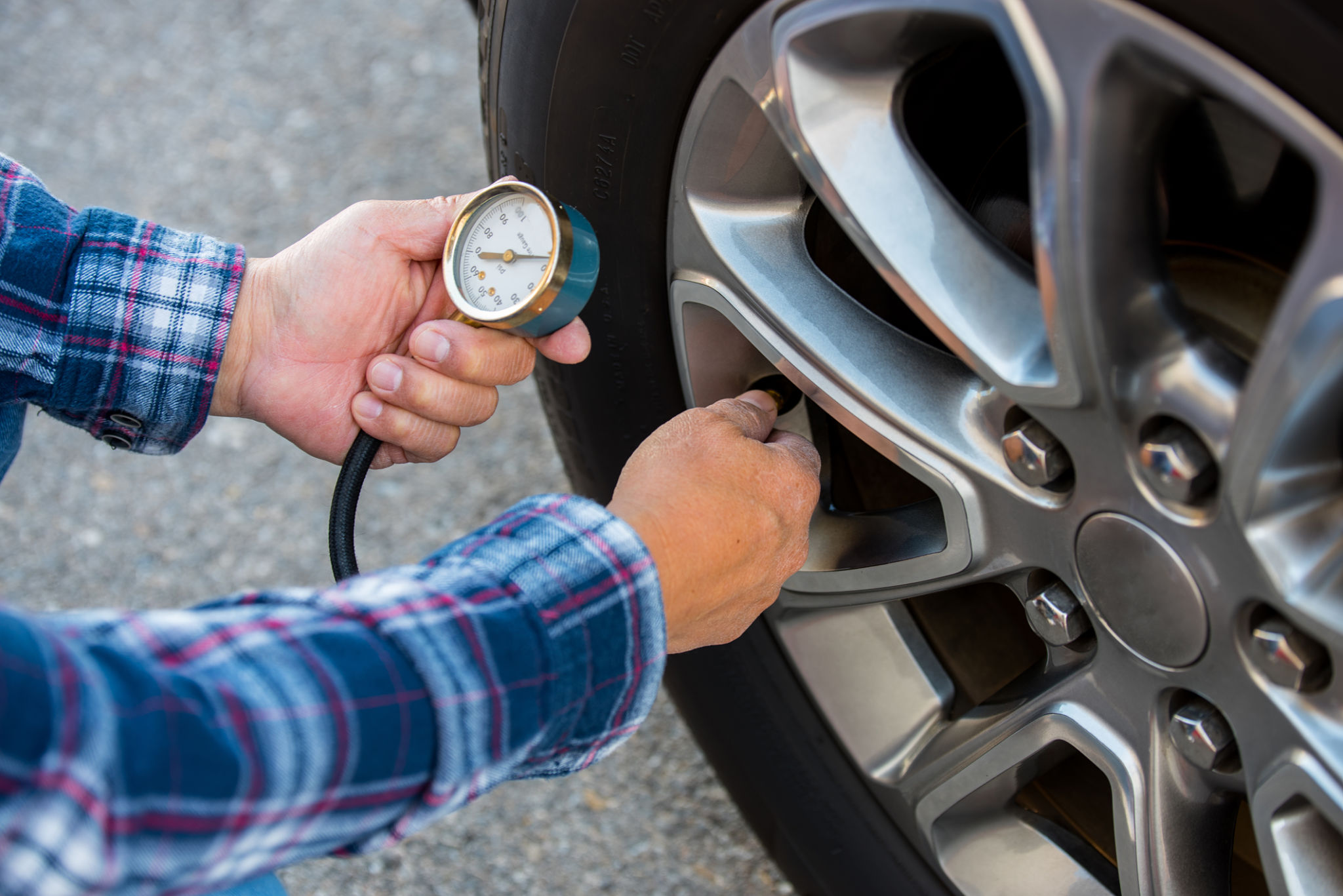Best Practices for Truck Tire Care and Maintenance: Expert Insights
Proper tire care and maintenance are essential for ensuring the safety and efficiency of trucks on the road. By following best practices, truck operators can not only extend the lifespan of their tires but also improve fuel efficiency and reduce the likelihood of accidents. Here, we provide expert insights into the best practices for truck tire care and maintenance.
Regular Tire Inspections
Frequent tire inspections are crucial to maintaining optimal performance. Drivers should make it a routine to check their tires before every trip. This process involves examining the tires for signs of wear, damage, or embedded objects that could lead to punctures.
During inspections, pay special attention to tire tread depth. Treads that are too shallow can significantly reduce traction, especially in wet conditions. Most experts recommend replacing tires when tread depth falls below 4/32 of an inch.

Maintaining Proper Tire Pressure
One of the most critical aspects of tire maintenance is ensuring that tires are inflated to the correct pressure. Under-inflated tires can lead to increased rolling resistance, which reduces fuel efficiency and causes excessive heat buildup, potentially leading to a blowout.
Conversely, over-inflated tires can result in a harsh ride and uneven tread wear. To avoid these issues, use a reliable tire pressure gauge to check and adjust tire pressure regularly, preferably when the tires are cold.
Wheel Alignment and Balancing
Proper wheel alignment is necessary to ensure that tires wear evenly and provide stable handling. Misalignment can occur from hitting potholes, curbs, or other road hazards. It's advisable to have wheel alignment checked regularly, especially if you notice uneven tire wear or steering pull.
Similarly, wheel balancing ensures that weight is distributed evenly around the wheel-tire assembly. This helps prevent vibrations that can lead to uneven wear and damage to suspension components.

Rotating Tires Regularly
Tire rotation is an often-overlooked maintenance task that can significantly extend the life of your tires. By rotating tires every 6,000 to 8,000 miles, you ensure even wear across all four tires. This practice is especially important for trucks that carry varying loads or frequently travel on uneven terrain.
- Front-to-back rotation: Swap front tires with back tires.
- Cross rotation: Swap tires diagonally (e.g., front left with rear right).
- Four-wheel drive: Follow the vehicle manufacturer's recommendation.
Choosing the Right Tires
Selecting the right tires for your truck's specific needs is paramount. Consider factors such as load capacity, terrain type, and climate conditions when purchasing new tires. All-season tires might be suitable for some regions, while others may require specialized winter or off-road tires.

Consulting with a tire specialist can provide valuable guidance in selecting the best options for your vehicle and driving conditions. Investing in quality tires that match your operational needs can lead to long-term savings and enhanced safety.
Conclusion
By adhering to these best practices for truck tire care and maintenance, operators can ensure safer travels, improved fuel economy, and extended tire longevity. Regular inspections, proper inflation, alignment checks, rotations, and selecting the right tires are all integral parts of a comprehensive maintenance routine. Implementing these expert insights will keep your truck on the road efficiently and safely for many miles to come.